Office work isn't just working in an office.
Nor are office workers just workers in offices.
But what does that mean in context of furniture decisions and spatial solutions for those office workers involved in office work?
Our colleagues from smow are always on hand with a tip or two.......
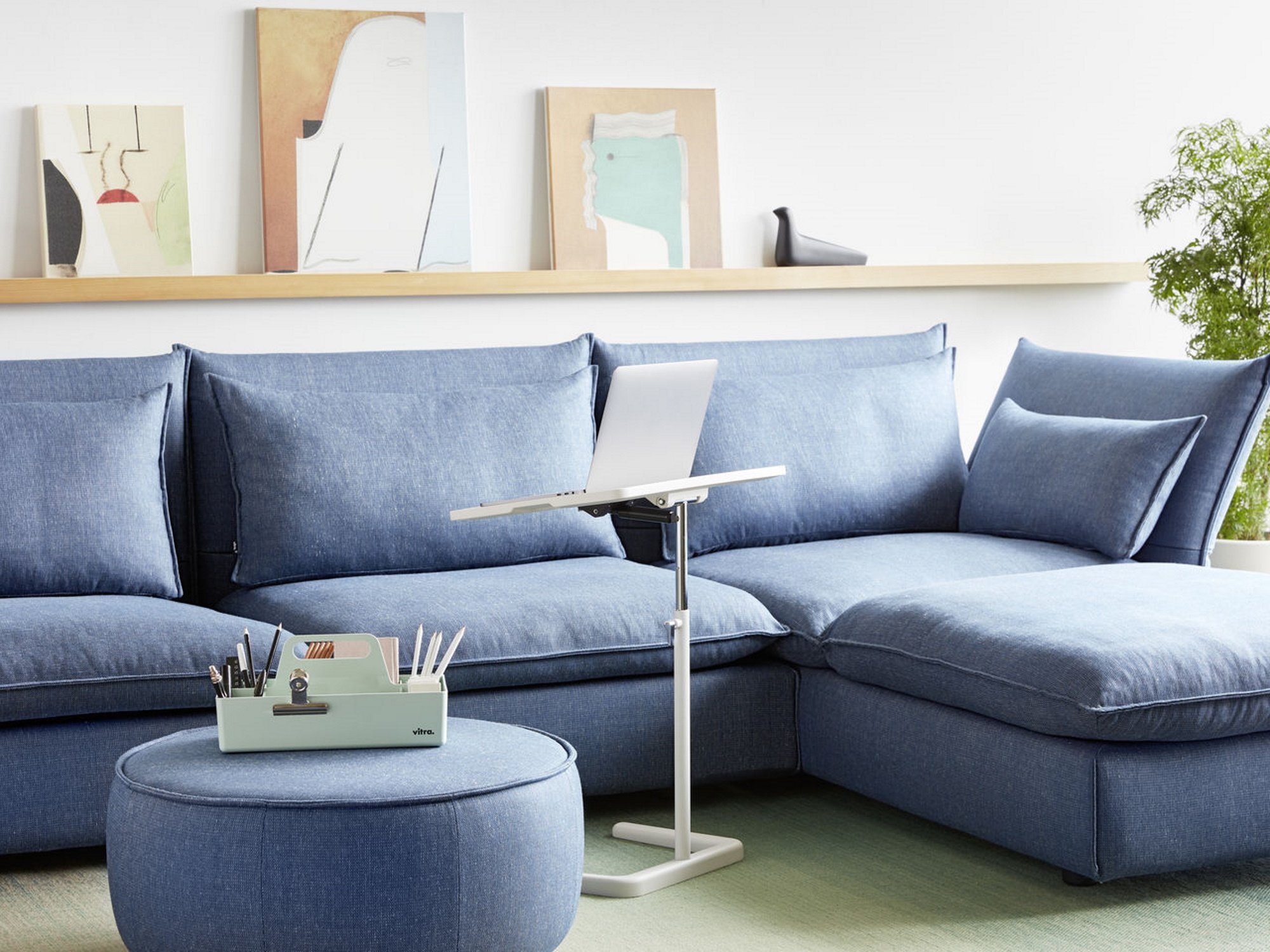
In the search for a healthy balance between home and office, the design of home workspaces is becoming a test of modern working models. Thanks to digital communication and cloud applications for online collaboration, it's theoretically possible to work anywhere today. Home offices enable hybrid working models that promise flexibility and more quality time. But how can this spatial requirement be met when the office is in the living room and the job suddenly takes up too much space? Many home office workers are therefore asking themselves the following questions:
How can I achieve concentrated work at home – and how do I switch off again?
How do I recreate an office in my living room or bedroom without office electronics and an office swivel chair getting in the way?
How many square meters do I need to allocate for my home office, and what furniture fits in it?
Fortunately, practical multi-purpose furniture, space-saving designs, and clever interior design concepts offer numerous ways to draw a line between work and private life, even in a small space. We present four home office types with concrete setup examples and work situations: for parents, for creative professionals, for managers, and for IT staff.
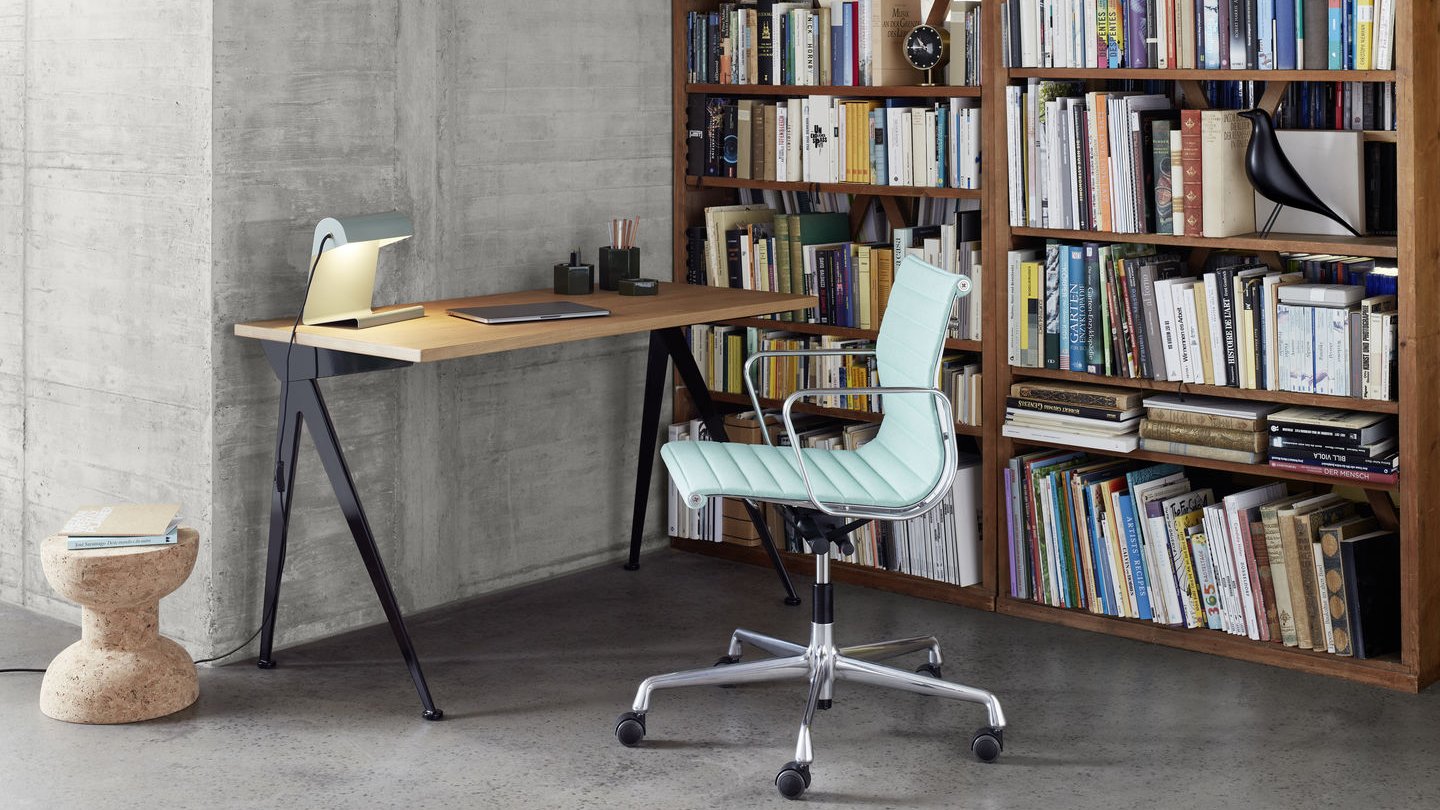
For many people today, work means mental work. Modern job profiles define not only the way we work, but also our work environment. Large computers and piles of files are relics of the pre-digital world.
Thanks to new technology, work can now largely take place outside of the primary workplace. And what's more: Laptops and other mobile devices are as much a part of our private life as they are of our everyday work. Spatial boundaries are blurring. Thus, mobility within the home is also becoming the leitmotif of modern work.
If the home office becomes the (or one of) the centres of work, it's worthwhile to take a close look at the spatial dimensions of everyday work. Examine your working practices: How are you most productive, and what opportunities for development does a home office offer you?
A home office doesn't necessarily mean a study. Some people simply need a visually shielded area; for others, working at the dining table is ideal. Laptops, smartphones, and wireless networks make it possible. Furthermore, everyday life sets the framework for working from home. What type of worker are you?
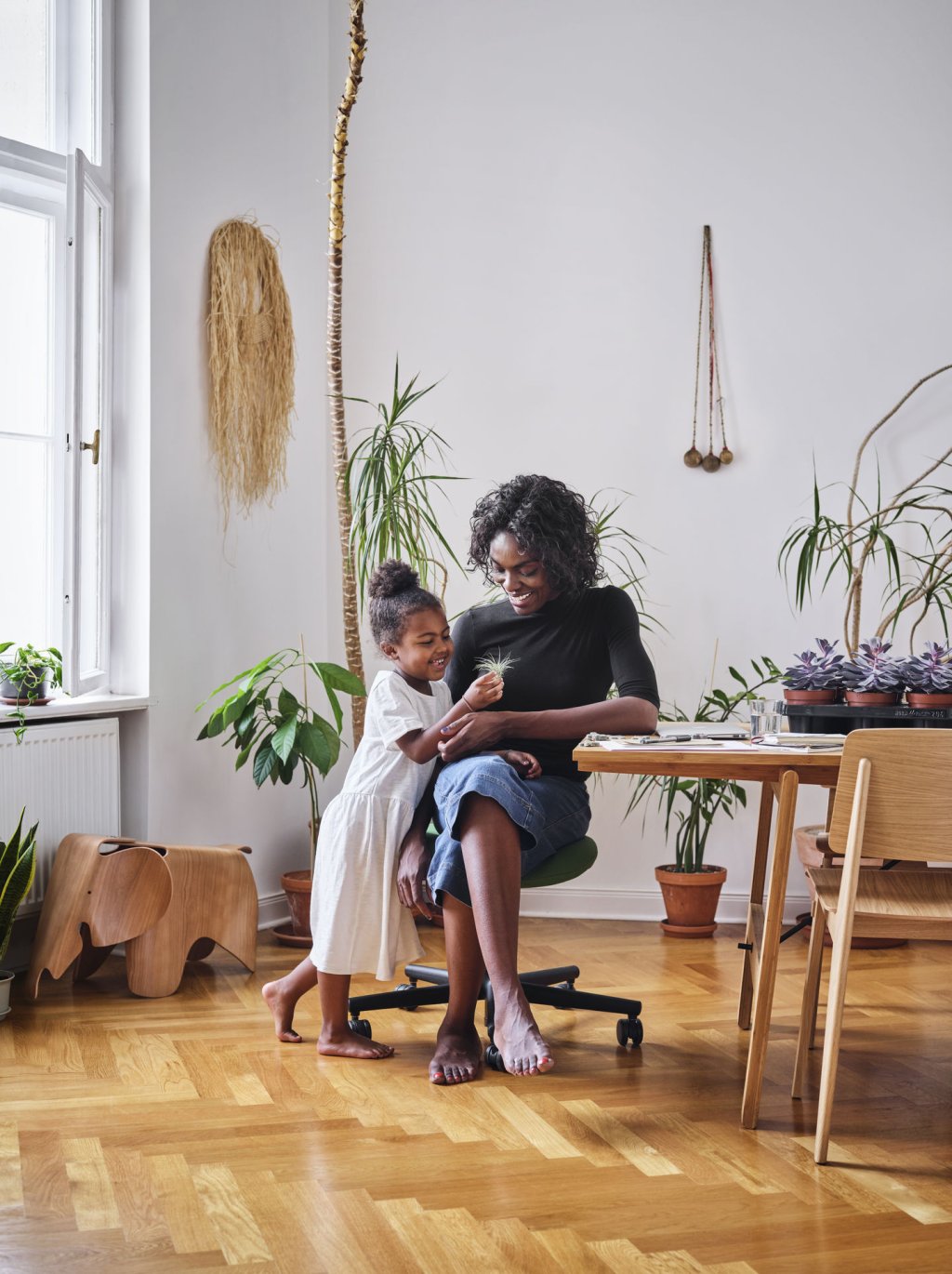
Whether working part-time or full-time, working parents are always on the go. Working from home offers a way to combine childcare and work. These two areas of life often run parallel. Flexible work schedules and multitasking are best achieved through a mobile workspace concept.
If most tasks can be completed on a laptop, you can work flexibly from various locations in the home. Depending on your daily routine, you can easily convert the kitchen table or dining table into a workstation. However, plan a designated place for storing work materials.
Tip: Choose a home office chair that matches the style of your other chairs but has special features that make it particularly comfortable.
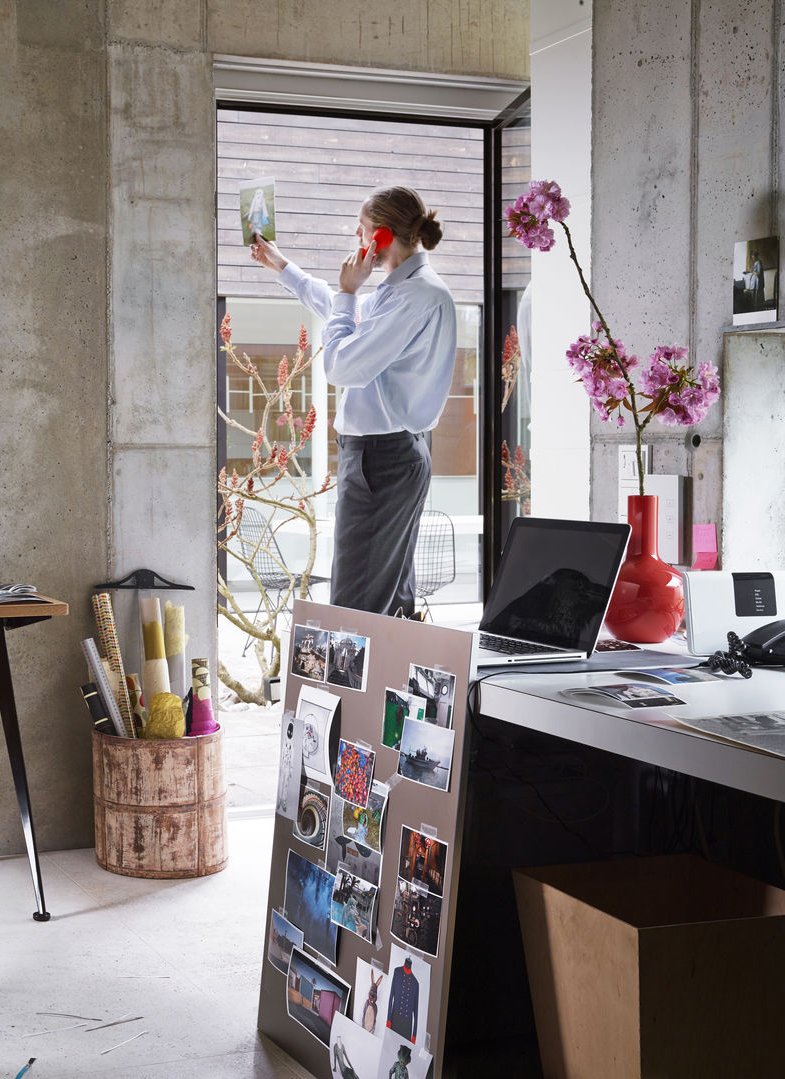
As a As manager, a CEO or an art director, you move within a large radius: office, client meetings, business trips. The home office primarily serves as a retreat for reflection and completing urgent tasks, even on weekends. The job is omnipresent, and the home office automatically becomes part of the living area.
Consciously retreat to a lounge area to work and use a high side table for your laptop. Alternatively, a secretary serves as a flexible workstation. A clever option is a fold-out desk. Integrated into a wall unit, this option also offers plenty of storage space.
Tip: Complete your workspace visually and functionally with a high-quality reading light.
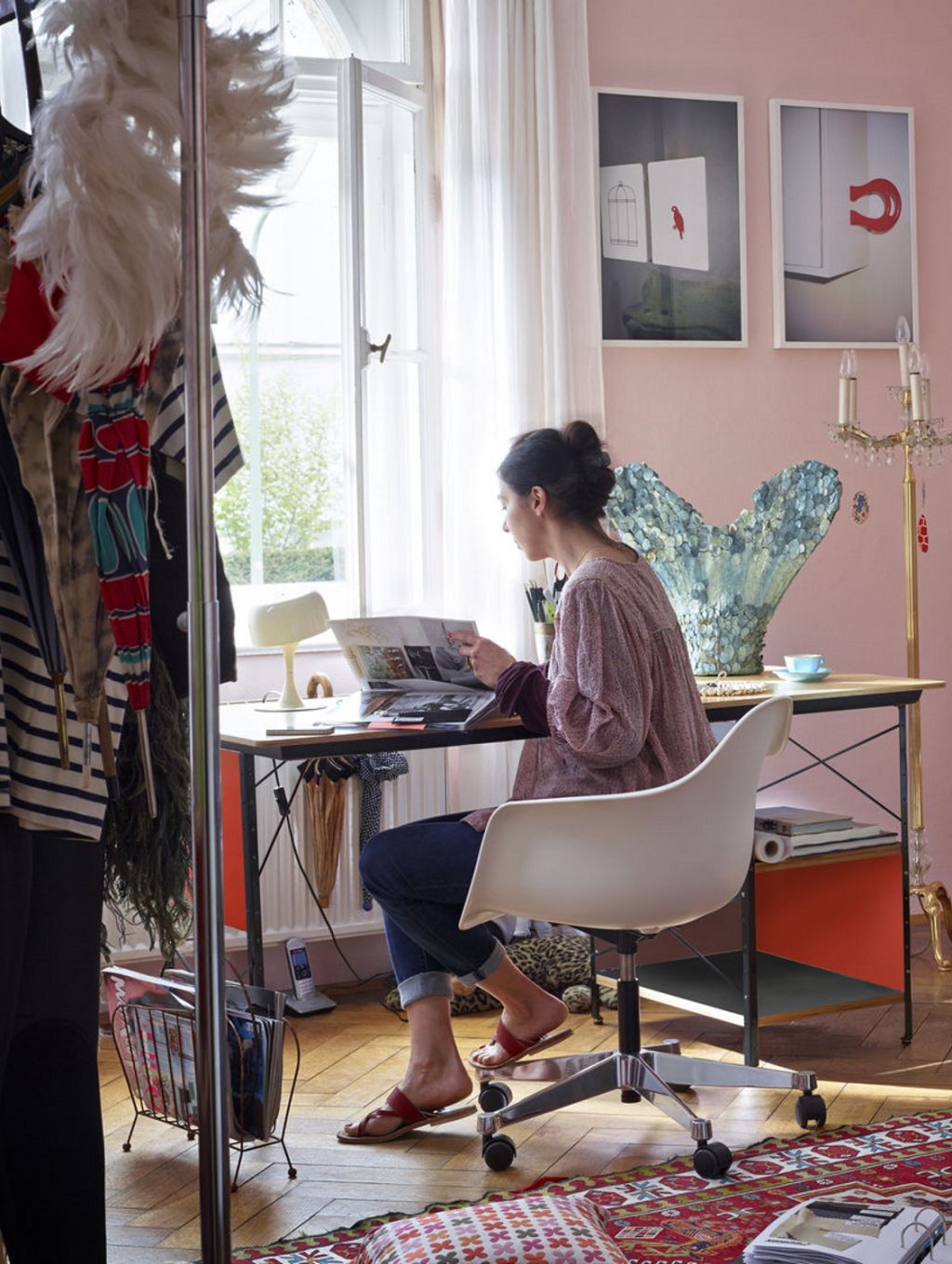
Whether in communication design or fine art, creative professionals need an inspiring work environment. The home office becomes a studio. An attractive work surface, natural materials, and a comfortable chair provide the framework for the creative process.
When furnishing, consider whether you need a work area with a full-size desk or whether it's better to work freely in the room, for example, at an easel or a standing desk.
Tip: Colorful udecor with pictures and houseplants, as well as an extravagant lamp, complete the inspiring ambiance.

Especially in digital fields, remote work from home is already standard practice in many companies. Anyone who works from home for long hours at a time needs an ergonomic office chair and a fully functional workstation with a large desk that can accommodate multiple monitors. The ability to mount monitors and desk lamps directly on the desk helps keep things organized and save space.
Make sure you have solid, clear structures to create a solid foundation for focused work. When it comes to furnishing, functionality should take precedence over aesthetics.
Tipp: A height-adjustable table ensures a varied working posture and relieves strain on the back.